June 13 Feature – Red Fox Run
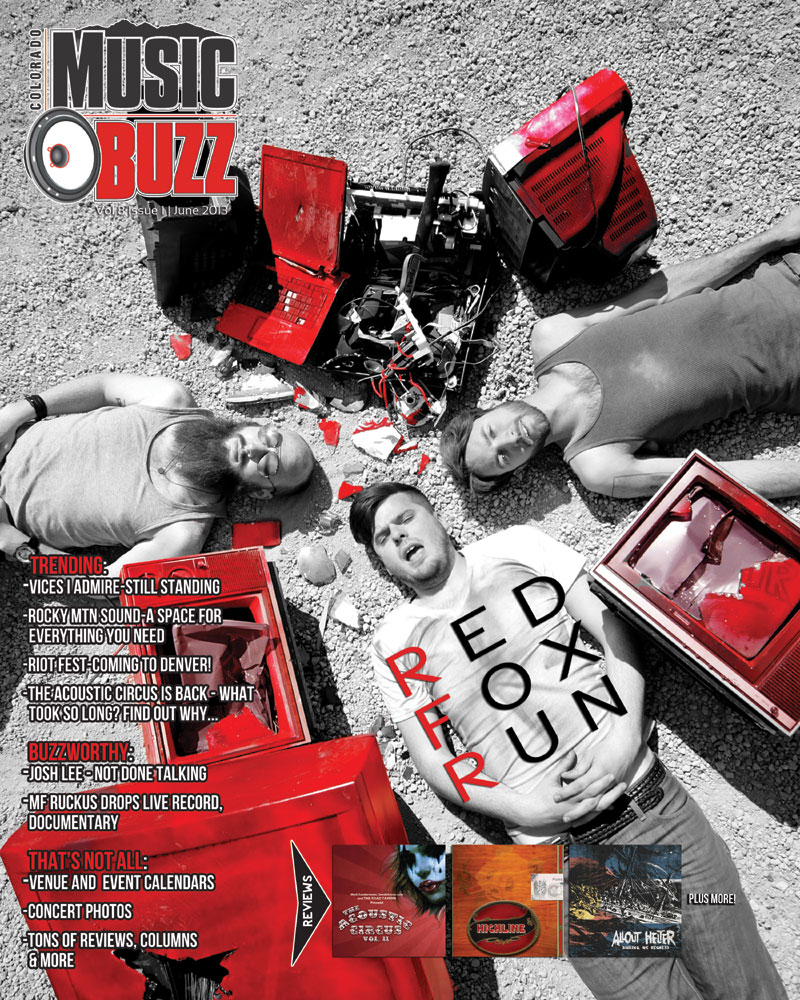
Skeletons can be perceived in a variety of ways; for some, they signify the ultimate end, death. For others, skeletons represent a beginning, the literal “backbone” of life. Denver locals, Red Fox Run, on the tail of their latest release, Skeletons, have chosen to utilize the bones as a starting point. “We started with the skeleton of a fox, just laying the framework, like you would a house,” said Joshua Hester (vocals, lead guitar). “We wanted to flesh out ideas anatomically, and that seemed like a really good starting point. It’s the framework for all mammals, and it goes to the core of who we really are.”
Red Fox Run consists of Daniel Rondeau (lead vocals, rhythm guitar), and Tristan Ringering (drums, percussion) as well as Hester. They have been together for close to three years, and are starting to get some street cred. After many house shows, which they consider to be some of their favorite shows, they’ve signed with Cherry Sound Records.
The name, Red Fox Run, can be credited to a peach orchard in Palisade, CO, as well as a former band member. “[He] had a box from [the orchard] that he kept his CDs in,” says Rondeau. “He played to all of our egos, basically, by leaving the box in the rehearsal space for awhile. We each saw it, and thought it was a good name. He knew we’d [each] only like it if we felt like we came up with the idea on our own.”
“Talking about the street cred thing, we have to give credit where credit is due,” says Ringering. “Our record label (Cherry Sound Records) has really put us on the map. We had been working hard for two years before we connected with them, and it was like pushing up against a concrete wall before that. And when that relationship began to organically grow, it wasn’t like working with a corporate record label.” Adds Rondeau,” They pushed us so well; these guys have an artist’s mind. When they sit down with us, they aren’t being businessmen, they’re being artists. They had us explain to them how each song should sound with word pictures. For example, Tristan said one of the songs should sound like ‘you’re in a fistfight with the terminator, and you’re losing,’ and because of that, they totally caught that fell that we were going for.”
“[Cherry Sound] were the first people we worked with who actually backed what they said with more than just what they said, with serious muster,” revealed Hester. “They’re a label that came out of a studio, so they were working with artists, and doing that first, before they went into the business of selling music, so that’s really important.”
“Our goal with Red Fox Run was to bring the grand vision of their music to light,” says Gus Hoffman, one of two producers on Skeletons, the other being Chris Guillot. “We had several preproduction meetings where we talked about the music in depth. I feel like we were successful bringing together several different styles of music into one sound. This was not an easy record to make. There are so many layers and elements moving in and out of each other, that we had to conceptualize each song before they were recorded.”
Red Fox Run has been described many ways. One is gritty-indie rock. “It’s not like a lot of indie music that’s out there,” says Rondeau, “like you’re expected to have a really tuned ear to appreciate it, and so you can feel like, ‘I’m not cool enough to enjoy this song.’ We adopted the idea that we don’t make people wait for the good parts. We will honor our artistic integrity, but we also write for people’s enjoyment. We want to see people boogie down.”
In an effort to clean out their own proverbial closets, Skeletons was created. This is the band’s first attempt at a concept album. “It’s the story of reconciling the skeletons in your closet,” says Rondeau. “And not only reconciling them, but redeeming them. The first track deals with shame, “hiding in the concrete under houses that we’ve made,” so, not only are you hiding these skeletons, but you’ve built an entire life on top of this shame. It’s about living this life of shame, and acting like everything’s awesome. A lot of this album, I was writing to convict other people’s hypocrisy, and as I was writing, I felt like I had more finger pointing coming back to me.”
As the album progresses, there is an awakening, and finally an embracing of the skeletons. In “Rest Your Bones,” the skeletons come to life and start dancing. “You’re embracing the reality of who you really are,” says Hester. “Once you admit it, you can change it.”
One of Red Fox Run’s favorite things about, writing and performing is that, “Music can cross cultural boundaries of ‘I don’t believe in this or that,’” says Hester. “You don’t have to, this is still something that can pertain to you. The imagery of the physical and metaphysical sense of ‘who are you, really?’ If you were to rip away everything, everyone’s the same, regardless of skin color, and everything . . .” Adds Rondeau, “Living life well is something everybody wants to do. One thing we’ve found is that there are so many things that are universal with music, that it doesn’t matter if everybody agrees on things, as long as there’s that connection.”
“I’ve always related with music growing up,” says Hester. “That’s how I processed a lot of things; whether it was what I believed personally, or just how I related with other people, and I’ve always wanted to share that with others. Music is the best medium I’ve found to share that. I love going to shows, and I love playing shows, and I love the interaction between the band and the crowd. When we’re playing a really good show and we’re throwing energy out to the audience, and they’re throwing it back at us, there’s nothing better.
“We’ve had the experience, a few times, where people have known our lyrics and sung along with us . . . and that blows my mind,” Hester continues. “When we write, we’re also thinking about the experience we want other people to have when they listen. We’ve all listened to really great albums growing up, you know, when the first time you listened through, you were like, ‘I don’t know what just happened, but it was amazing.’ A lot of times when we’re writing, we thinking about what we would want to hear; what do we wish people were playing? We make the music we want to hear, instead of complaining. Maybe that’s a little bit lofty to think that we’re making great music, but we’re having fun doing it.”
Final words? According to Rondeau, “I think that everyone should know, just in case it ever comes up somewhere, that every time we’re driving home from any concert, we listen to Veggie Tales the whole way home, and we sing every single word.”
And wanting to add their compliments to the Red Fox Run boys, and the recording process, Gus Hoffman had this to say: “We always make high fidelity recordings and this was a chance to make a really cool rock record with our tone. I had spent the last few years working with Eric Deyoe (luthier and B.R.M.C. guitar tech), getting into different guitar sounds and listening to records in his shop. The first guitar on the record is a stock ’69 airline Town and Country! So I would have to say that was a big influence on how the guitars were done. With the drums, we intended to really set the spaces up for each song, and give them their own presence to build the rest around. Finding space to mix two drummers together was a bit challenging, but effective, for the song “Skeletons.” The other giant element is the vocals, and what can I say, Daniel sounds amazing! He just sang that shit. And great preamps and mics help. Anything else is a trade secret.
The making of Skeletons was a great challenge and experience. It was a pleasure working with the guys in RFR and we hope to do it again. Most of all we hope their fans enjoy listening to this concept EP. And we invite you to check out our other great music and artists at CherrySoundRecords.com.”
DON’T MISS Red Fox Run at the UMS (July 18-21), and check out their music on iTunes.
Photos and interview: Jenn Cohen



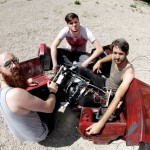



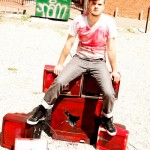
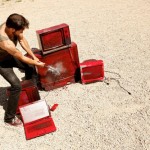
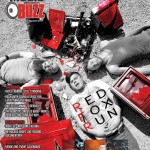

Recent Comments…